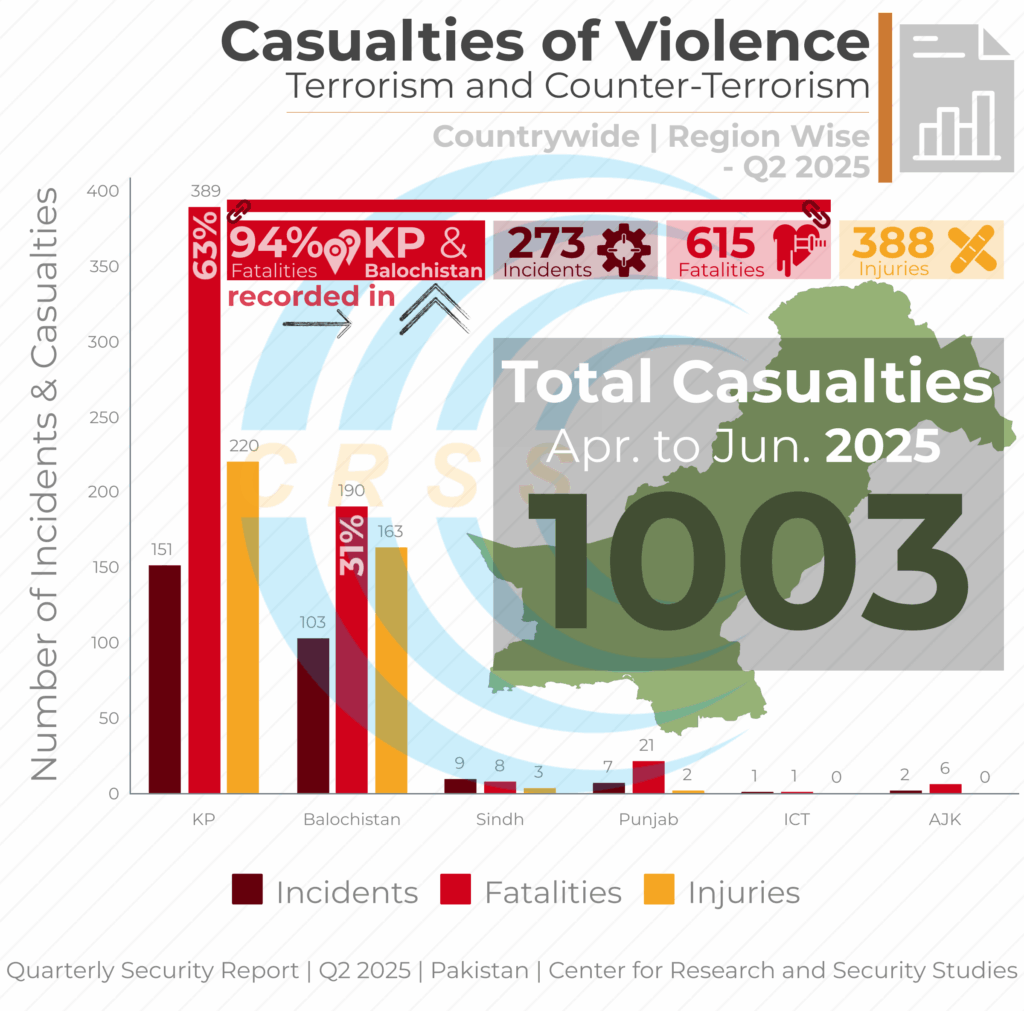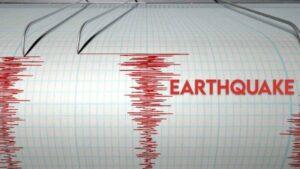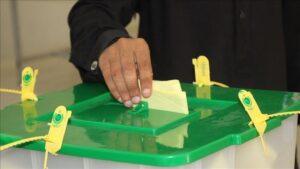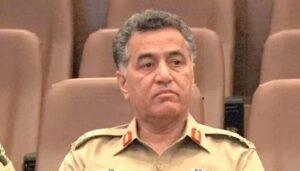Pakistan has witnessed a significant 32% drop in general violence in the second quarter of 2025, according to a report published by the Center for Research and Security Studies (CRSS).
The report highlighted the key trends in the country’s security scene, including a marked reduction in deaths, strategic improvements in anti -terrorist efforts and with respect to the signs of militancy that extend to previously calmer regions.
The report revealed that deaths from violence fell to 615 in the second quarter, 2025, below 900 in Q1, indicating a clear tendency towards a safer environment. The 273 registered incidents included terrorist attacks and anti -terrorist operations, with a total of 388 reported injuries.
The report also stressed that deaths decreased by 32% compared to Q1 2025, with the number of deaths of violence in 285, from 900 in Q1 to 615 in Q2. This change reflects more effective anti -terrorist efforts, with a higher percentage of outlaws died in security operations.
While violence backed into traditional conflict areas, the CRSS report showed that Khyber-Pakhtunkhwa (KP) and the provinces of Baluchistan continued to support the worst part of violence, although the incidents decreased significantly.
KP saw a 32% reduction in violence, with deaths that fell from 567 in Q1 to 389 in Q2. This is attributed to military operations led by the State against terrorists such as the Tehrik-i-Taliban Pakistan (TTP).
Similarly, violence in Baluchistan decreased by 40%, with deaths that fell from 317 in Q1 to 190 in Q2. However, Baluchistan remains a seedbed of disturbances due to separatist militancy and violence directed in progress, especially against state forces.
Despite these profits, KP and Baluchistan represented more than 94% of all deaths and 93% of violent incidents recorded in the second quarter of 2025.
A concern of the trend observed in the report is the spread of violence in previously calmer regions.
Punjab experienced a 162% increase in deaths, from 8 in Q1 to 21 in Q2. Although the number of deaths remained relatively low, this increase in violence generates alarms on the spread of militancy beyond the usual conflict zones.
Similarly, Azad Jammu and Kashmira (AJK), which reported zero deaths in Q1, registered six deaths in the second quarter, a worrying sign of instability in this traditionally peaceful region.
The report also shed light on the disturbing reality that civilians continue to support the worst part of violence. While the terrorists suffered most of the deaths, civilians were the most objective group in terms of attacks and injuries. Of the 107 terrorist attacks, civilians were the victims in most cases. They also suffered 249 injuries, a marked contrast with the 120 injuries suffered by security personnel.
The report stressed the disturbing tendency that terrorists aim to interrupt daily life and instill fear among civilians, instead of focusing on more precise strategic strikes against specific objectives.
A positive key development in the report is the significant progress carried out in anti -terrorist operations. The terrorists, including militants and insurgents, suffered a higher percentage of deaths compared to civilians and security personnel.
The percentage of deaths among outlaws increased to 55% in the second quarter, 2025, compared to 35% for 2021-2024, which reflects the greatest effectiveness of counterinsurgency and anti-terrorism operations led by the State.




